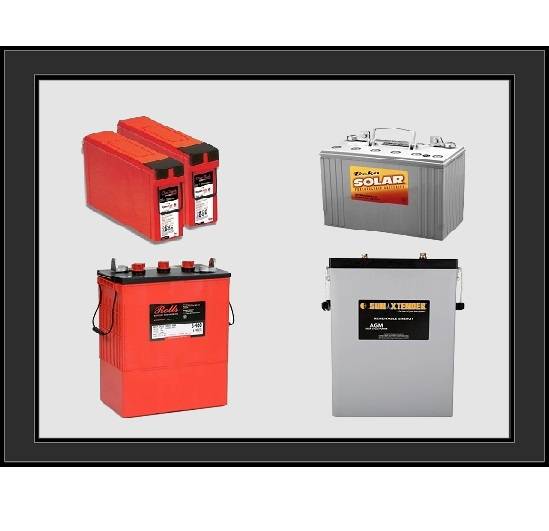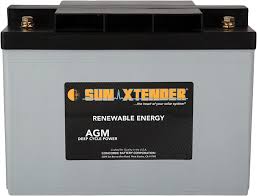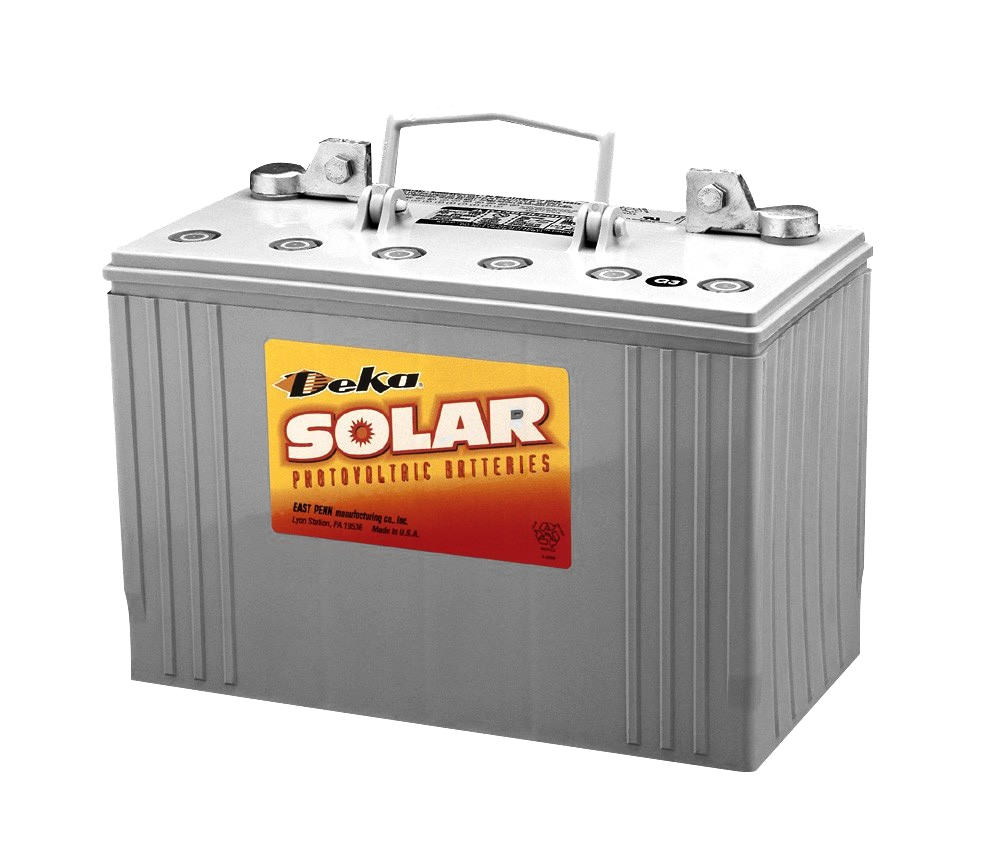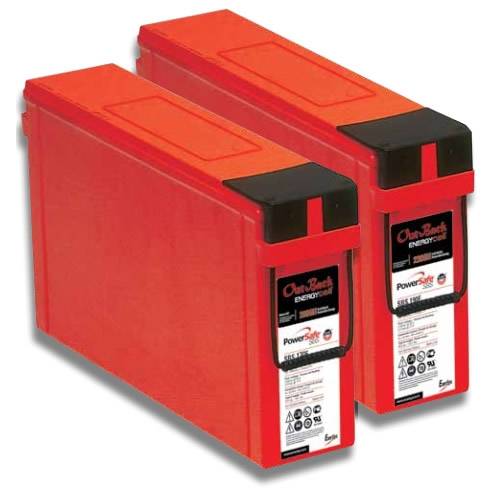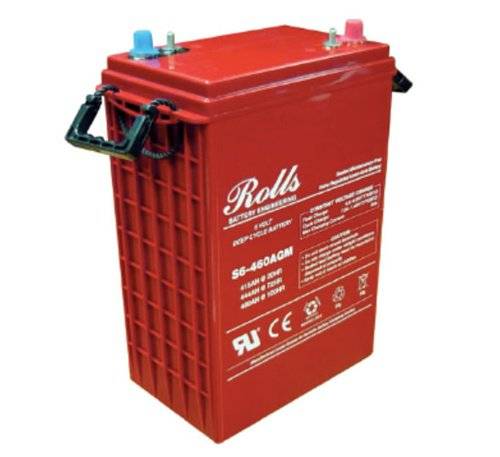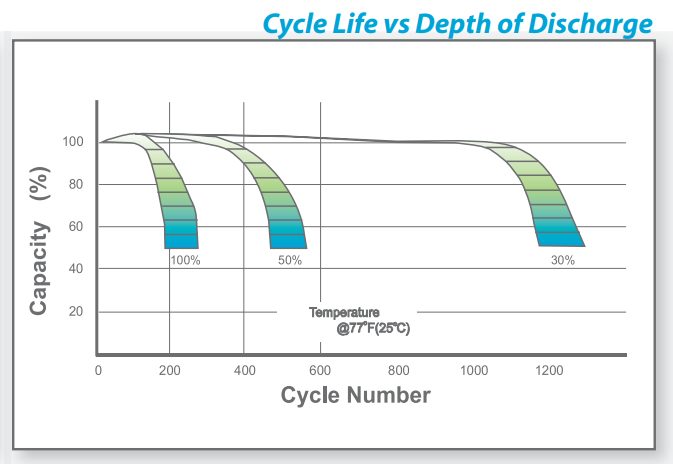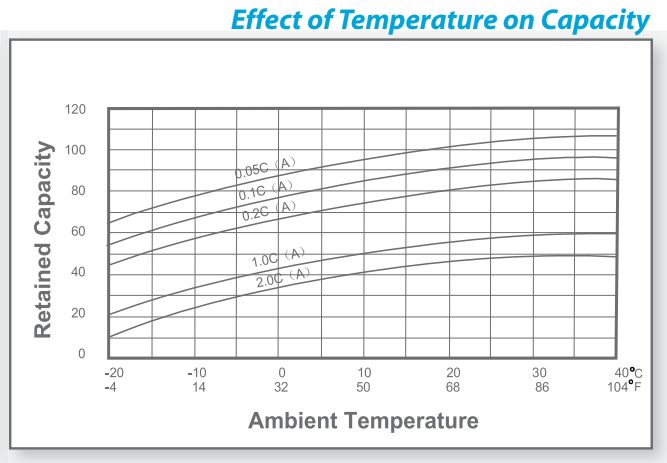Gel vs AGM Batteries – Which to Choose?
The following is a discussion on some general guidelines and considerations when deciding whether to purchase a Gel or AGM VRLA Battery! While each battery does have certain advantages, for solar applications in general, the quality of the manufacturer and specific battery is usually more important than a Gel vs AGM distinction.
Valve Regulated Lead-Acid (VLRA) batteries come in one of two technology types: Gel (also known as “starved electrolyte”) or Absorbed Glass Mat (AGM) (also known as “absorbed electrolyte”). Which is better depends on the manufacturer, the battery specification, and the application. Note the below are generalizations and may depend heavily on the manufacturer. E.g. Deka states their Gel battery is better for deep discharge than AGM, Concorde states the opposite for their AGM battery.
Cycle life
The cycle life of the battery is dependent on the manufacturer and battery model. As an example: a Deka 8G Gel battery has a cycle life of approximately 1000 cycles to 50% Depth of Discharge (DOD), whereas their 8A AGM battery only has 500 cycles to 50% DOD. Compare this to the Concorde Sun Xtender AGM battery, which is rated to 1000 cycles to 50% DOD. Universal Power Group (UPG) Gel and AGM batteries are both rated for 500 cycles to 50% DOD. In backup power Uninterruptible Power Supply (UPS) applications this is an inconsequential difference, as the battery is almost always floating at a full state of charge and may only cycle a few times a year. However, in solar power system applications, batteries are cycled to some depth of discharge daily, so a higher battery cycle life rating is beneficial.
Temperature
Most manufacturers agree that AGM batteries operate better in colder climates (below 32°F [0°C]). While it is true that many AGM batteries are able to deliver a higher percentage of rated capacity at lower temperature, Gel batteries are quite capable at lower temperature and many are rated to operate at temperatures as low as -76°F (-60°C). Therefore, what’s important is to size the battery appropriately so it can deliver the required amount of energy while operating at lower temperature and to ensure the electrolyte does not freeze.
Discharge Rates
Generally, AGM batteries allow higher discharge rates than Gel batteries. Manufacturers of AGM batteries frequently provide Cold Cranking Amps (CCA) ratings on battery spec sheets. The CCA rating is applicable to powering high current motors to start engines and is not applicable in most solar or UPS applications. Although some solar systems may start motor loads and other surge loads, these surge loads are typically inconsequential to selection of the battery technology.
VRLA batteries are not sealed
A lot of people refer to VRLA batteries as sealed, but they are not actually sealed; they are valve-regulated. They contain a pressure relief valve that opens when the internal battery pressure becomes too high, as a result of overcharging. Some smaller AGM and Gel batteries, typically less than 36AH, are truly sealed and have no valve. Both batteries are similar in this regard, so this feature is not a factor in technology selection.
Note: when the valve opens and the gas is released, the gas is gone and cannot be used in the recombination process of recharging the battery, essentially reducing the capacity of the battery. Therefore, it is important to minimize the overcharging and gassing of VRLA batteries.
Price
AGM and Gel batteries are competitively priced for a given Amp-hour capacity and cycle life specification. The largest factor influencing the battery price is the life cycle rating of the battery. For example, batteries rated for 1000 cycles at 50% DOD will be higher priced than batteries rated for 500 cycles at 50% DOD.
In Summary
While each battery technology has advantages for certain solar and UPS applications, in general the battery specifications as evidenced by the battery specification sheet, as well as the experience of the manufacturer, are typically more important than a Gel vs AGM distinction. Given the electrical load and the charging sources, if the battery is sized suitably to deliver the expected design life in consideration of the application operating temperature range, then either Gel or AGM batteries will provide excellent performance. If the application is intended to be in service only a few years, then it may be suitable to select a battery with a lower cycle life rating and to design for higher depth of discharge. On the other hand, to maximize the service life of the battery the battery should be size for shallower average depth of discharge and a battery with a higher cycle life rating should be chosen.
Ready for more battery learning?
View some of our other in-depth battery tech-notes here:


